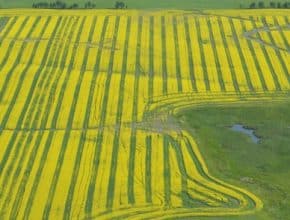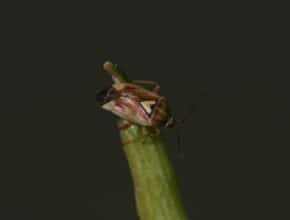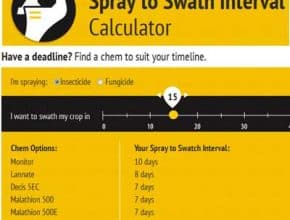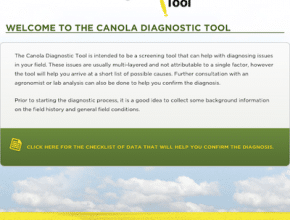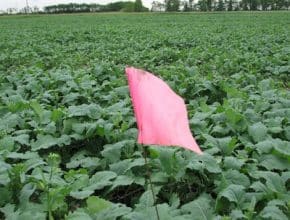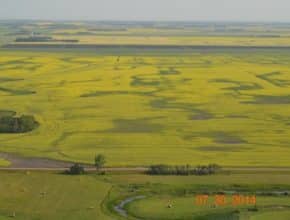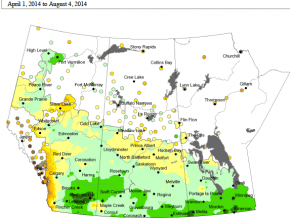Home / Canola Watch / Page 206
-
We have reports of lots of patchy uneven canola fields this year. Here are our top 10 reasons, in no particular order…
-
Lygus bugs are still at high numbers in some regions, mostly in Alberta. If sweep netting shows high lygus numbers, here are five considerations before spraying…
-
Many canola fields are within 5 to 10 days of swathing, which limits the choices for insecticides based on pre-harvest intervals. Here are the pre-harvest intervals for insecticides registered for insect control in canola. Try the interactive PHI tool at www.spraytoswath.ca…
-
To identify a problem, start with careful scouting. Use this checklist and then move on to the Canola Diagnostic Tool…
-
A check strip is a good way to assess if a new product or technique works and, if it does work, whether it provides a return on investment. Effective analysis requires taking these strips to yield and comparing them…
-
A severe case of clubroot has been found in a canola field in North Dakota, near the Manitoba border. This suggests the disease has been in the area longer than expected. It also confirms expectations that environmental conditions in Manitoba are suitable for clubroot. Close scouting is advised for growers in Manitoba and Eastern Saskatchewan, especially canola fields close to…
-
Blackleg close up. A new CCC video takes you down to the microscopic level to see how blackleg infects canola and how resistance works. Straight goods. When straight combining canola for the first time, start with one or two fields chosen for high uniformity, good stand, no weeds and lower frost risk. Peer pressure. Do your own insect risk assessments…
-
Here are the growing degree days (Base 0°C) for the Prairies from April 1 to August 4, 2014…
-
Pre-harvest scouting is upon us. How are your pre-harvest disease ID skills? Here is a quick test…

